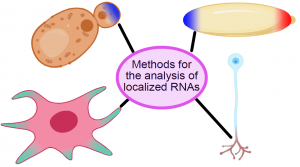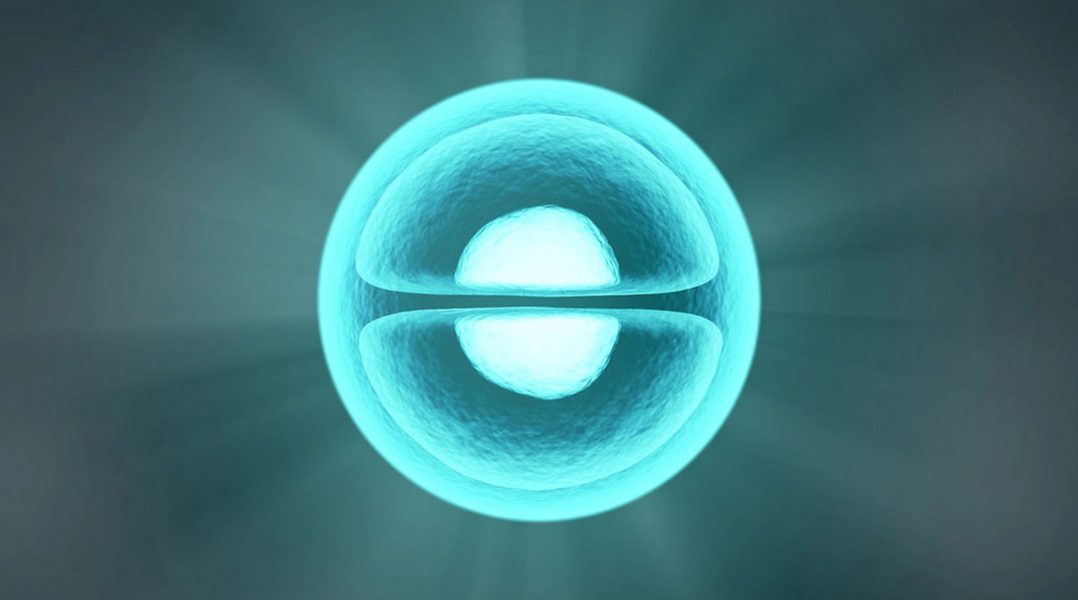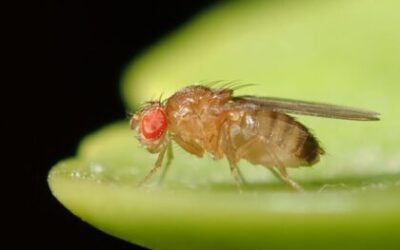In essentially every cell, proteins are asymmetrically distributed according to their function. For many genes, this protein sorting problem is solved by transporting RNA molecules encoding the protein, rather than the protein itself, to the desired subcellular location. The protein is then translated on-site to immediately produce a correctly localized protein.
This strategy is widely used as thousands of RNA molecules localize to distinct locations across diverse cell types and species.
Misregulation of this process of RNA trafficking is associated with a range of defects, from developmental defects in fruit flies to neurological diseases in humans. Although thousands of transcripts are asymmetrically localized across a range of cell types, our knowledge of the regulation of their localization and the key parts and mechanisms involved is relatively lacking.

One of the fundamental challenges in studying RNA localization is the determination of the subcellular spatial distribution of any given RNA.
Classically, techniques to answer this question have been image-based and limited to the investigation of one RNA molecule at a time. Newer, multiplexed imaging techniques have expanded this capability to allow the simultaneous detection and quantification of hundreds to thousands of transcripts.
As a complement to these imaging-based approaches, high-throughput sequencing has been employed in conjunction with a variety of techniques to specifically label and purify subcellular transcriptomes.
Originally, these subcellular fractionation techniques relied on the particular biochemical properties of a subcellular location or on cell morphology. However, newer techniques have taken advantage of proximity-labeling schemes to vastly expand the subcellular regions that are amenable to transcriptomic profiling.
A recent WIREs RNA review focuses on both classical and newer methods for studying RNA localization with a focus on the relative strengths and weaknesses of each technique. Together, these experimental strategies provide the framework for integrating our knowledge of the regulation of RNA localization with that of other post-transcriptional processes.
Kindly contributed by the Authors.

















